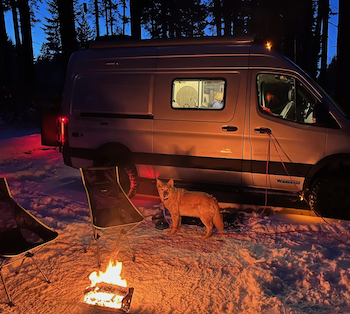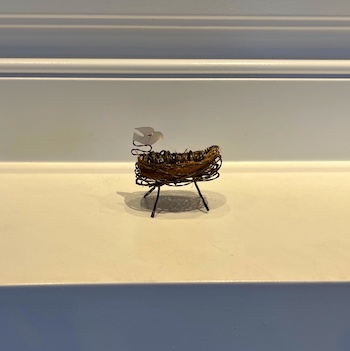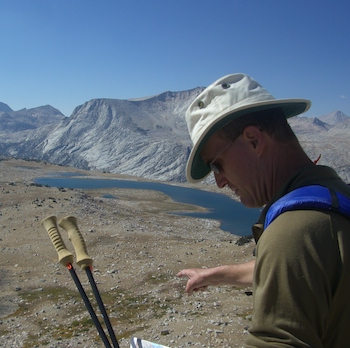[Guest post by John Potter] Photos courtesy of Damsel in Distress.
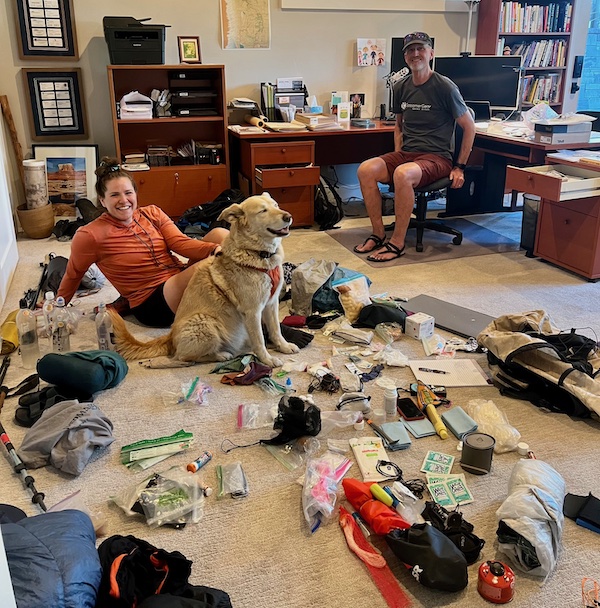
All the reputable wilderness checklists include having a contingency plan, and wilderness training generally includes how to use one (e.g., make one, share it with the group, etc.). Everyone is familiar with the basic concepts, from carrying a first aid kit, to extra/backup gear, to satellite messengers, and even to subscriptions for rescue services. I suggest there is an important but often overlooked aspect of contingency planning – including a plan for shortening the trip when there is no real emergency but that course of action just makes sense.
Most outdoors people are somewhat goal oriented, to complete a quest (trail, summit, etc.) or even just to be disconnected for a few days. And we hate to give up that goal unless it’s absolutely necessary. But there are hidden advantages to giving up the original goal and shortening the trip. And in hindsight, the “new” goal may very well be more important or more rewarding than to original goal.
How could that be? Let’s start with the obvious and work our way to the more sublime. It makes obvious sense to shorten the trip before a real emergency develops. Last month I was on a loop hike where the weather forecast was for three days of partly cloudy, warm, chance of rain off and on – typical summertime in the Appalachians. We never leave home without raingear and bomber shelter, so no problem. But things changed the morning of the day we had planned to traverse a long, open ridge. The skies had turned ominous and thunderstorms (with lots of lightning) were forecast for all day. That could have turned deadly. So, we rerouted on the fly, to get us off that ridge. And as it turned out, we also got out from under the storm. We had a delightful walk all day, even if we did end up back at the trailhead a day early.
Changing itineraries (shorter days or fewer days) may also make sense when someone in the group is feeling a little off (or maybe worse, but they won’t admit it). You can glean valuable clues from their physical performance and mood, and not just take their word for it. But you’ll never know just how badly things could go wrong if you ignore the warning signs. It could be heat cramps, heat exhaustion, dehydration, intestinal upset or any number of other health issues that can’t really be fixed by “walking it off”. In fact, that approach usually makes it worse, much worse. My newsfeed is full of stories about people who were found unresponsive along a well-travelled trail, and later died.
Shortening a trip makes sense too, if one or more members of the group is transitioning from Type 1 Fun (it’s fun now and we’ll look back on it as fun) or from Type 2 Fun (it isn’t really fun now but it will be great to look back on it and remember what a great trip it was), to Type 3 “Fun” (it isn’t fun now and we will never remember this trip fondly). Browbeating them into completing the trip “as planned” may do permanent physical damage to their bodies. One of my hiking buddies developed a sore back early in a multi-day Appalachian Trail section hike. We rescheduled our exit shuttle ride and he went to see his doctor. The result was a treatment plan that fixed his sore back and allowed him to rejoin our group for over a thousand more miles of backpacking (so far). And now he is introducing others to his backpacking passion (the ultralight way).
But even if staying on (the original) plan does not do permanent physical damage, it will certainly do damage to your relationship. Relationships are important; screw this up and you may never get it back. But that summit, river run or long trail will likely be there for you to tackle another day. In fact, if you shorten this trip, it is highly likely that they will recover and be game to try it again. One of my hiking buddies has had several mid-trip maladies like a chafed back (his sleeping pad slipped out of his pack’s pad pocket and rubbed against his back on an unusually sweaty day) or an unusual blister (where he had never had one before). Those injuries all healed quickly. The only real result of shortening those trips is that we got to make more trips to the same wilderness area.
So, when you are developing your contingency plan, consider a wide range of serious emergencies by all means. Then, consider options for when the just trip isn’t turning out as well as you had hoped. If you adventure enough, this will happen to you. Shortening the trip (e.g., by miles or days) is often the simplest and lowest risk option, but by now I am sure you are thinking of others. When you exercise one of those options, I believe everyone in the group will rate the resulting trip as Type 1 Fun or at worst, Type 2 Fun – and be healthy and eager to go again. And isn’t that the best possible outcome?
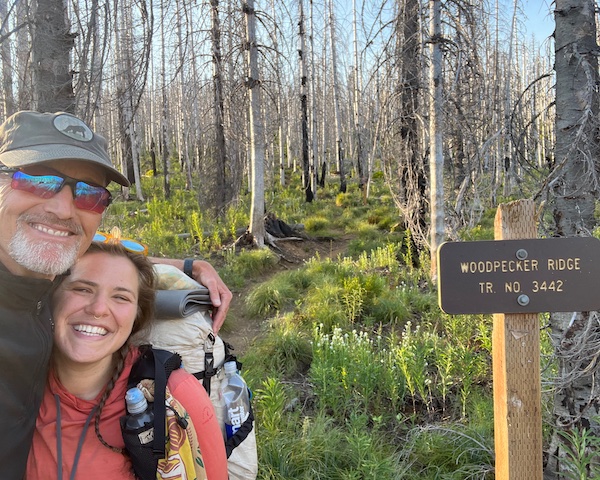
Update January 25, 2024… see related article by Andrew Skurka here.
